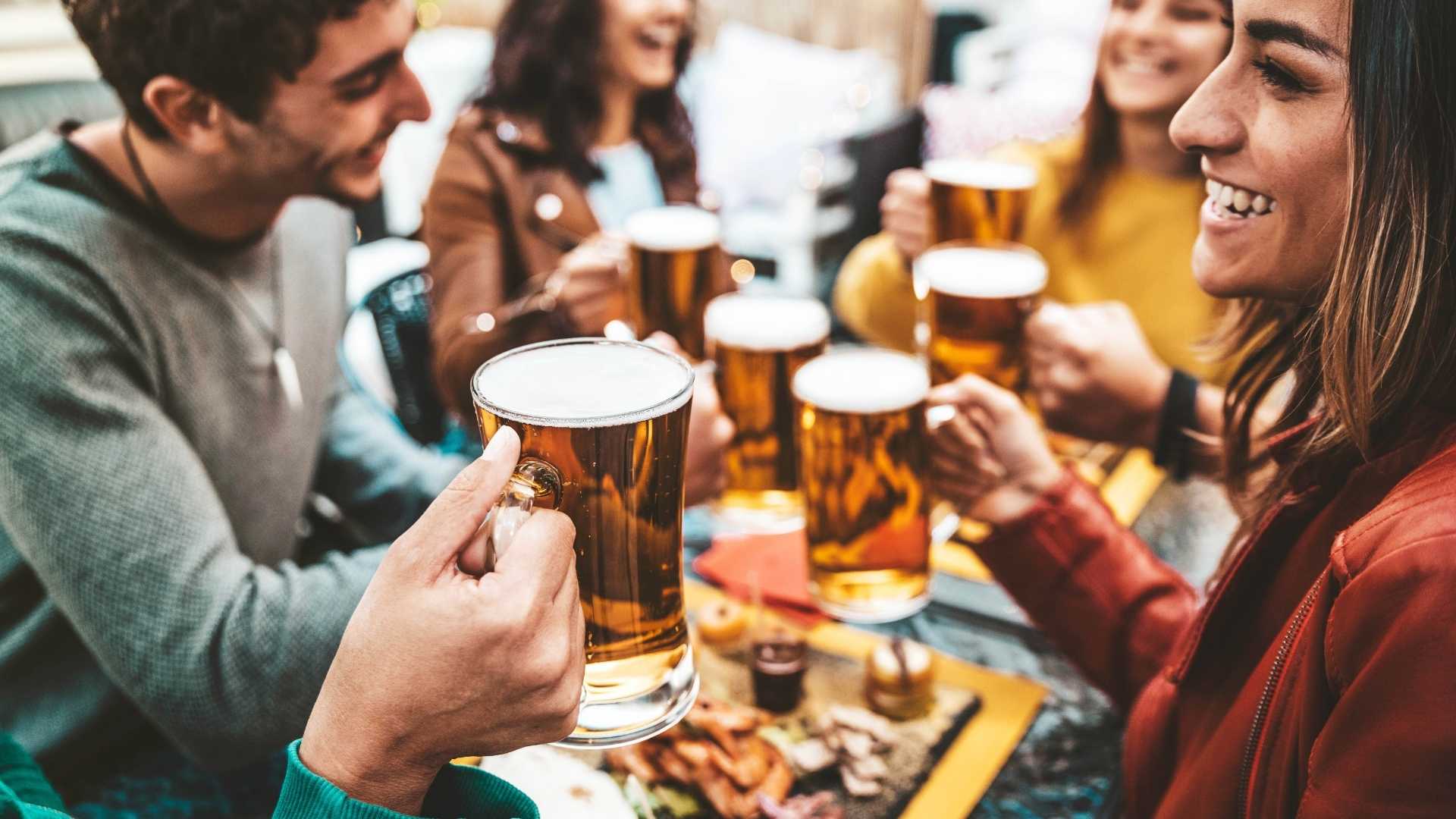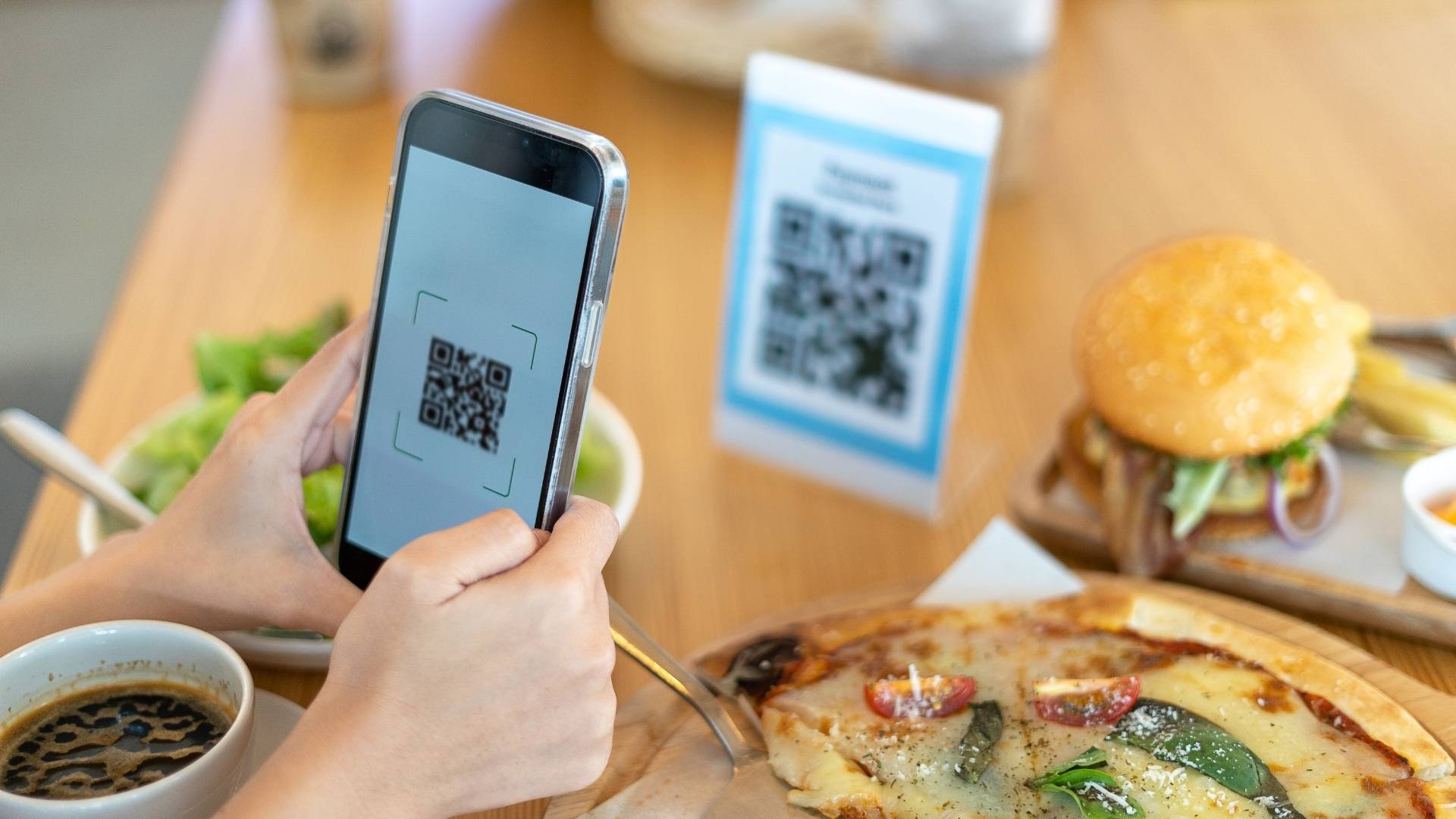
Running a successful happy hour is an art form. It’s not just about discounting drinks; it’s about creating an experience that drives traffic during off-peak hours, introduces new customers to your establishment, and encourages repeat visits. When done right, happy hour can be a significant revenue driver and a powerful marketing tool.
Here’s how to run a successful happy hour:
1. Strategic Planning & Goal Setting (The Foundation)
Before you discount a single drink, define what success looks like.
Define Your Goals:
Increase Foot Traffic: During traditionally slow periods (e.g., late afternoon, early evening weekdays).
Boost Revenue: Despite lower margins, aim for higher volume.
Attract New Customers: Especially those who might be hesitant to try your restaurant at full price. Encourage Upselling: Get people in for happy hour, then entice them to stay for dinner or full-price drinks.
Clear Out Inventory: Move specific wines, beers, or appetizers before they expire or to make room for new stock.
Build Brand Awareness/Loyalty: Create a buzz and a reason for people to come back.
Know Your Costs:
Calculate the true cost of every item you plan to discount. Ensure your happy hour pricing still offers some margin, even if small. Remember, the goal is volume and potential upsell.
Analyze Your Current Traffic:
Identify your slowest hours. These are your prime happy hour targets.
Competitor Analysis:
What are other local establishments offering for happy hour? How can you differentiate yourself?
2. Crafting an Irresistible Offer (The Menu)

Your happy hour menu needs to be enticing but also manageable for your kitchen and bar.
Signature Cocktails: Offer a few of your most popular or unique cocktails at a discounted rate. This showcases your bar’s creativity.
House Wine/Beer Specials: A classic and reliable offering.
Non-Alcoholic Options: Don’t forget mocktails, specialty sodas, or juices for designated drivers or non-drinkers.
Premium Upsell: Consider offering a slight discount on a premium spirit or wine to encourage higher spend once customers are in the door.
Appetizer/Snack Focus:
Small Plates, Big Flavor: Offer 3-5 popular appetizers or small plates that are easy to prepare quickly and have broad appeal (e.g., loaded fries, bruschetta, mini tacos, sliders, flatbreads).
Cost-Effective Items: Choose items with good food cost margins that can be scaled easily.
Don’t Give Away the Farm: Happy hour food should be substantial enough to tempt, but not so filling that customers don’t stay for dinner.
Clear Pricing & Structure:
Fixed Price vs. Percentage Off: Decide if you’ll offer specific items at a fixed lower price (e.g., $5 beers, $7 cocktails) or a percentage off (e.g., 25% off all appetizers). Fixed prices are often easier for customers to understand quickly.
Bundle Deals: “Beer + Burger Slider for $X” can encourage higher spend.
Time-Limited: Clearly define the start and end times. “From 4 PM to 6 PM only.”
3. Creating the Right Atmosphere (The Vibe)
Happy hour isn’t just about discounts; it’s about the experience.
Music: Upbeat but not too loud. Something that encourages conversation.
Lighting: Consider dimming lights slightly to create a more relaxed, evening feel, even in the afternoon.
Seating: Designate specific happy hour areas (bar, high-tops, patio) if needed to manage flow and staff resources.
Friendly & Knowledgeable Staff: Your staff are your happy hour ambassadors. They should be well-versed in the happy hour offerings, proactive in suggesting items, and efficient with service.
Speed of Service: Customers are often on a schedule during happy hour. Quick service is paramount.
4. Effective Marketing & Promotion (Get the Word Out)
Even the best happy hour won’t succeed if no one knows about it.
Google Business Profile: Update your GBP with happy hour details, hours, and enticing photos. Use Google Posts for daily or weekly happy hour announcements.
Your Website: Create a dedicated “Happy Hour” page with your full menu and times. Make it easy to find from your homepage.
Social Media:
High-Quality Visuals: Post mouth-watering photos of your happy hour food and drinks.
Engaging Captions: Use relevant hashtags (#happyhour #[yourcity]restaurants #afterworkdrinks).
Stories & Reels: Show the lively happy hour atmosphere in real-time.
Targeted Ads: Consider running hyper-local ads targeting people near your restaurant during the happy hour window.
In-Restaurant Signage: Clearly display happy hour specials at the entrance, host stand, bar, and on tables. Use chalkboards, posters, or digital displays.
Email Marketing: Send out a dedicated email blast to your subscriber list.
Local Partnerships: Collaborate with nearby businesses (offices, gyms) for cross-promotion.
Word-of-Mouth: Encourage existing customers to spread the word. A great experience is the best advertisement.
5. Execution & Analysis (Refine and Grow)
Once your happy hour is running, constant monitoring and refinement are crucial.
Train Your Staff: Ensure they understand the menu, pricing, timing, and how to upsell effectively. Consistency is key.
Monitor Sales Data: Track happy hour sales meticulously.
Which items are most popular?
What’s the average happy hour check size?
Are customers staying for dinner after happy hour?
What are your happy hour food and beverage cost percentages?
Gather Feedback: Ask customers directly about their happy hour experience. Monitor online reviews for mentions.
Adjust and Iterate: Based on your data and feedback, don’t be afraid to tweak your menu, pricing, hours, or promotions. If certain items aren’t selling, swap them out. If a time slot isn’t performing, adjust it.
Upsell Strategy: Train staff on gentle upsell techniques. “Would you like to try our crispy truffle fries with that happy hour beer?” or “Our full dinner menu is available if you’re feeling hungrier!”
Build Loyalty: For customers coming in for happy hour, encourage them to join your loyalty program or sign up for your email list. This turns a one-time visit into potential repeat business.
By following these steps, you can transform your happy hour from a mere discount period into a vibrant, profitable, and consistent driver of business for your restaurant. Cheers to your success!
